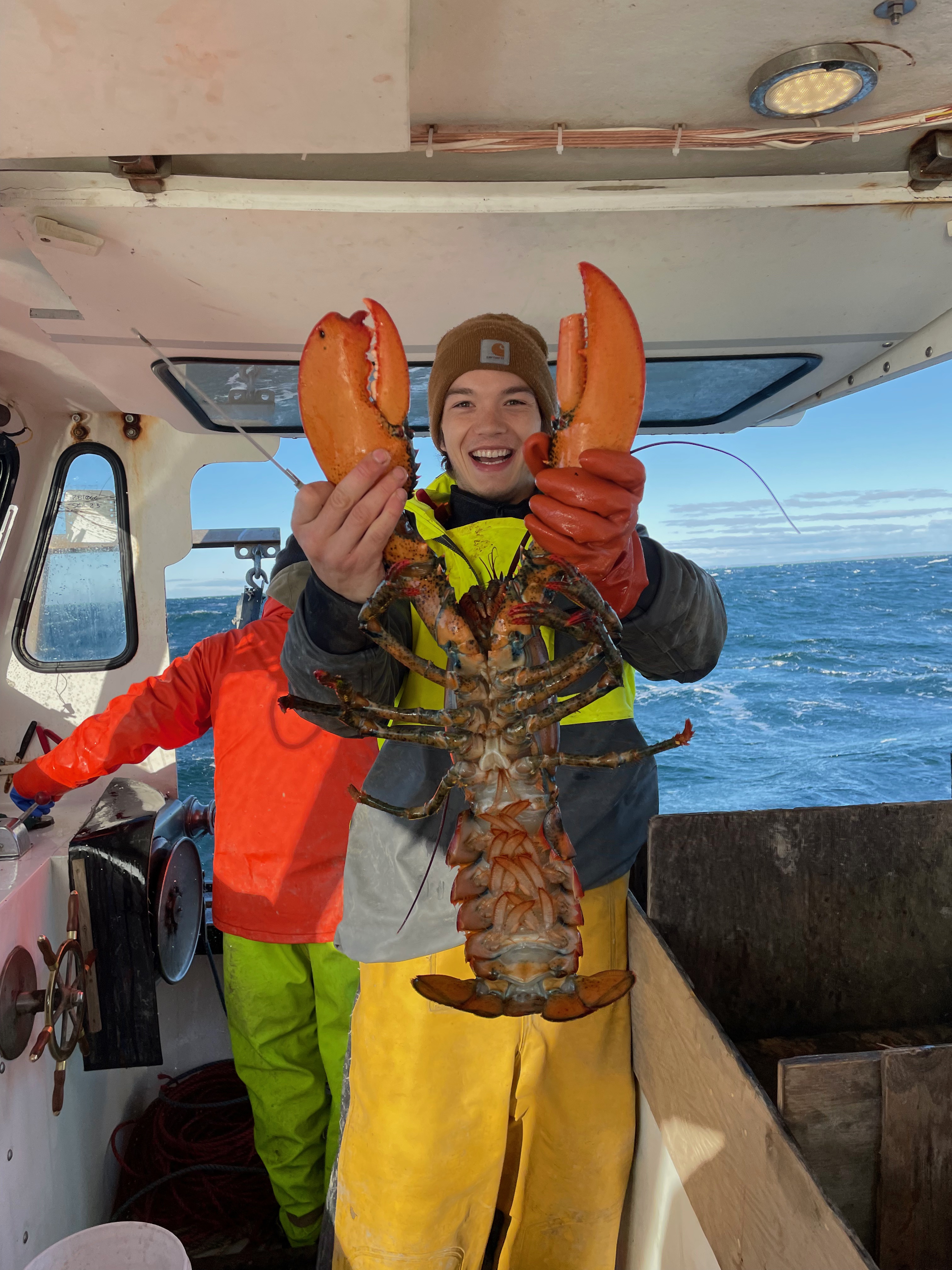MFF 2024 was a successful event. Presenting my poster and being around industry members for 3 days allowed me to have a lot of good initial conversations with people about floating offshore wind development and fishing.
Beyond offshore wind there were a variety of science update sessions including the annual ME DMR lobster science update. During this meeting DMR staff overviewed downward trends in specific fishery independent surveys (i.e. ventless trap survey) and fishery dependent data sources (i.e. coastwide landings) that have resulted in triggering a minimum gauge size increase in January 2025.
There were also previews given of data products created using the 100 % landings reporting data that began this past year and more positive survey updates. There are a lot of uses for the landings report data and it may be useful for making fishery effort adjustments for things like Mark-Recapture data. This would be useful for modeling probability of recapturing a tagged lobster based on spatial effort patterns. Similarly positive correlations between larval lobster sampling and freshwater out put have left me with a couple of thoughts. First and foremost, what would the underlying relationship between lobster larvae density and freshwater output be? Is there a physiological sensitivity to certain salinities, or do lower salinities potentially carry a different secondary production assemblage changing feeding ecology? Secondly, would it make sense to sum the freshwater input to the Gulf of Maine water masses offshore of Nova Scotia and river flow output annually to see if an index of freshwater content could be related to various ALSI indices or larval tow surveys?

